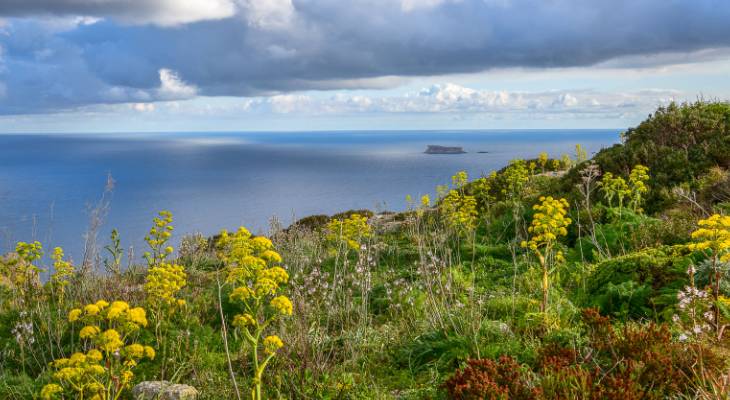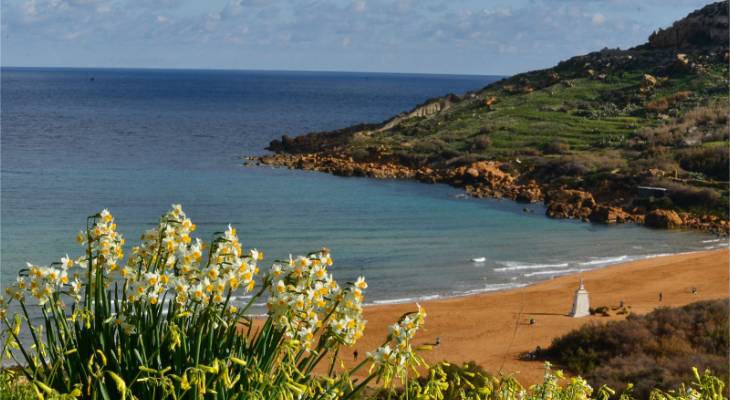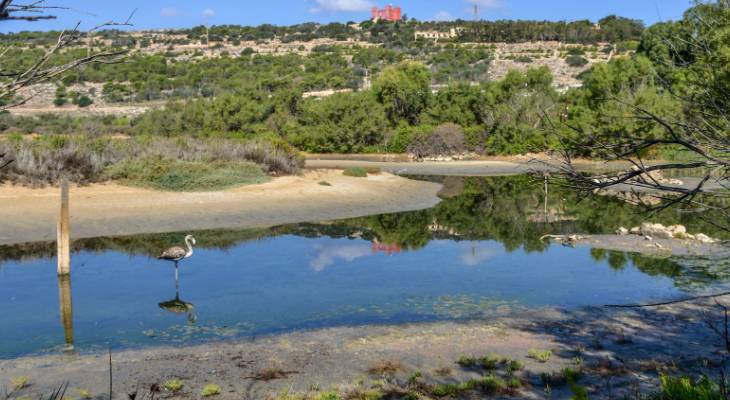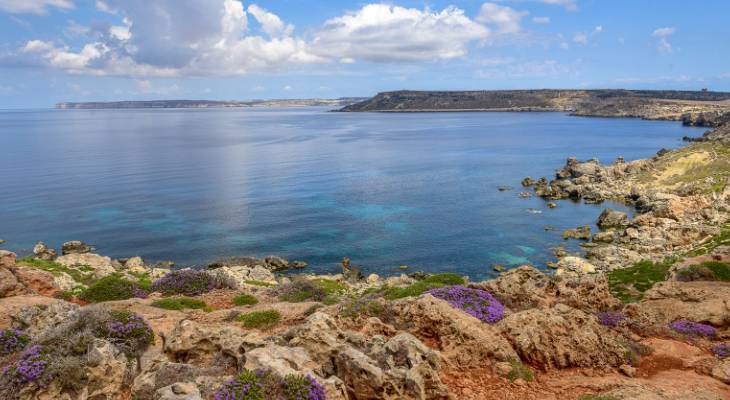Malta’s hidden wild! How ERA protects Malta’s Natura 2000 sites for future generations
Malta, though small in size, hosts a rich variety of flora and fauna, some of which are unique to the islands
Malta’s landscape is home to extraordinary natural beauty, but beyond its scenic coastlines and garigue, the islands boast ecological gems of international importance. These treasures are recognised as part of Natura 2000, a Europe-wide network of protected areas established to ensure the survival of Europe’s most valuable and threatened species and habitats.
In Malta, safeguarding these areas falls under the care of the Environment & Resources Authority (ERA), which is at the forefront of preserving the islands’ natural heritage.

Filfla as seen from Dingli Cliffs
What are Natura 2000 sites?
Natura 2000 is a collaborative conservation effort designed to maintain biodiversity across the European Union. The network was established under two key EU directives: the Birds Directive and the Habitats Directive. These laws identify and protect habitats and species that are rare, endangered, or endemic – meaning found nowhere else.
In Malta, Natura 2000 sites include diverse ecosystems, ranging from coastal cliffs to woodlands, salt marshes, and underwater meadows of Posidonia oceanica. These sites are home to native orchids, hedgehogs, bats, and a variety of endangered birds. Our islands, though small in size, host a surprisingly rich variety of flora and fauna, some of which are unique to us.
What sets Natura 2000 sites apart is their international recognition. Being included in the Natura 2000 network means that these areas are considered ecologically significant not just to Malta but to Europe as a whole. This brings with it both responsibilities and opportunities for conservation, education, and sustainable use.

Ir-Ramla l-Hamra
ERA’s role in protecting Natura 2000 sites
ERA is tasked with overseeing the implementation of environmental protection measures for these sites. Its role is multifaceted, including research, policy development, on-the-ground conservation and public awareness as mentioned below.
Monitoring and restoration of habitats
One of ERA’s primary responsibilities is to monitor the ecological health of Natura 2000 sites. This involves regular fieldwork to assess the condition of various habitats. When damage or degradation is observed due to human activity, climate change, or natural events, ERA develops and implements targeted restoration measures. These efforts ensure that the ecosystems can continue to support native species and maintain their ecological functions.
Protecting endangered species
ERA conducts detailed studies and monitoring programmes for endangered species found within the Natura 2000 network. By collecting scientific data on population trends, migration patterns, and breeding success, ERA is able to design informed and effective conservation strategies. This evidence-based approach strengthens policy decisions and directs resources to where they are most needed.

Mellieha Nature Reserve
Removing invasive alien species
Invasive alien species (plants or animals introduced from other regions) can wreak havoc on native ecosystems. They often outcompete, prey on, or bring diseases to local species, leading to ecological imbalance. ERA collaborates with other entities and NGOs to identify and remove such invasive species from Natura 2000 sites.
Additionally, it conducts outreach campaigns to raise public awareness about the dangers of releasing non-native species into the wild.
European support and national commitment
Protecting Malta’s Natura 2000 sites is not just a national duty; it is a collaborative effort supported by the European Union. Through EU funding, Malta is investing in conservation projects, improved visitor management experience and habitat restoration. These funds support everything from scientific research to community engagement initiatives.
Locally, the government reinforces ERA’s work through legislation, site clean-ups, and enforcement of environmental laws. Together, these efforts create a comprehensive framework for nature protection.

Park tal-Majjistral
What can you do to help?
While ERA and the EU play major roles in preserving Natura 2000 sites, the general public is also crucial to their success. Here are a few simple ways individuals can contribute:
- Learn about local wildlife: Understanding the species and habitats around us fosters a deeper appreciation and sense of responsibility.
- Keep nature clean: Always dispose of litter properly. Even small amounts of waste can harm wildlife.
- Respect wildlife and habitats: Stay on designated paths, avoid disturbing animals and never pick plants or flowers.
- Avoid releasing invasive species: Never release non-native pets or plants into the wild. They can quickly become a threat to native biodiversity.
- Download the Invasive Alien Species Europe app: This app can be used to report invasive alien species so you can help ERA as ‘citizen scientists’ to further build on their records on where such species are located.
Many of Malta’s Natura 2000 sites are accessible to the public and make for excellent destinations for hiking, birdwatching, or simply enjoying unspoiled nature. Visitors might be lucky enough to spot rare orchids, hear the rustling of hedgehogs in the underbrush or see bats flit through the dusk sky.
By exploring these sites responsibly and spreading awareness about their importance, we can all play a part in conserving Malta’s natural heritage.
Have you ever visited a Natura 2000 site in Malta?